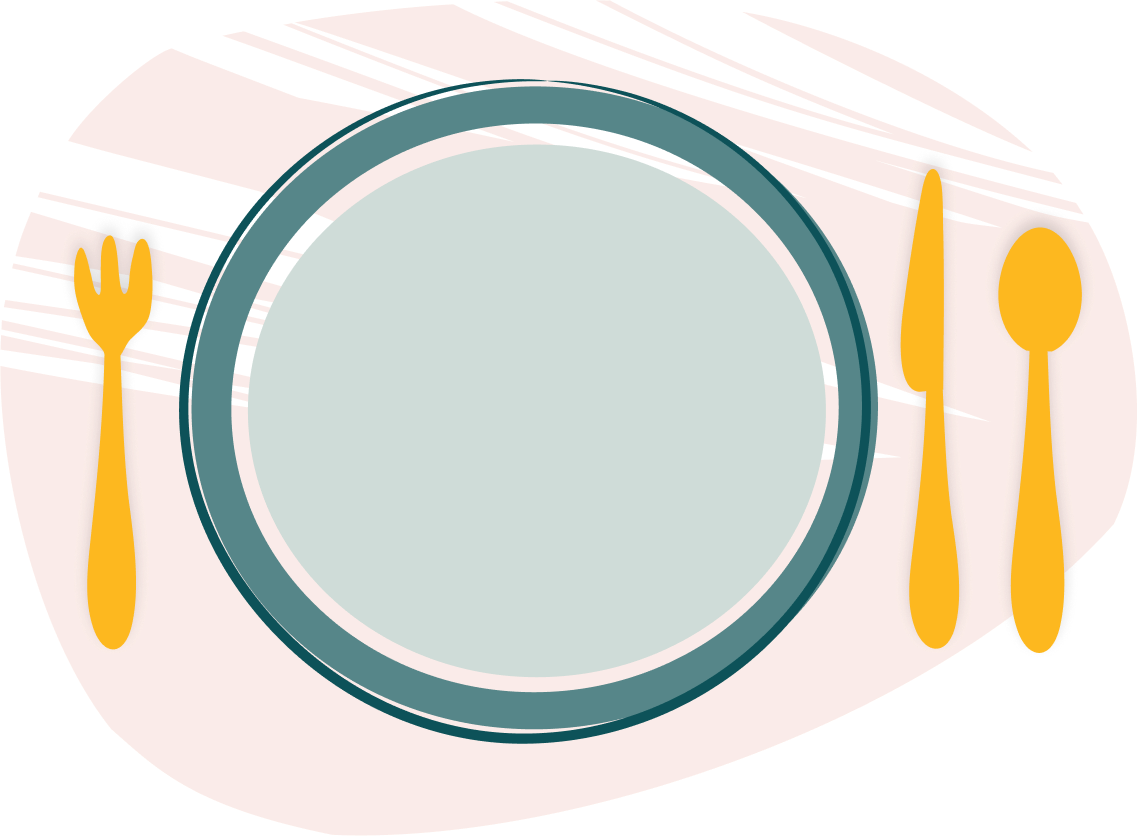About Kidney Beans
Kidney Beans are “pulses,” the edible seeds of plants in the legume family. They are dry beans that grow in pods on bean bushes. Red kidney beans are named for their similar shape and color to human kidneys.
Kidney beans are among the best sources of plant-based protein - just a handful of cooked kidney beans have 9 grams of protein! They are also rich in healthy fibers, which helps the human body moderate blood sugar levels and promote colon health. Kidney beans are also a good source of many vitamins and minerals that are important for a healthy body, including iron, copper, manganese, potassium, folate, and vitamin K1.
How a Kidney Bean Grows
Kidney beans are annual plants that sprout once a year in Wisconsin. After planting the seeds (that are beans from the previous season) at the beginning of spring, Kidney beans will sprout in 10 - 14 days. Kidney beans grow best in warm temperatures in well-draining soil, so the Wisconsin soil and summer makes a great environment for kidney beans to grow.
Kidney beans produce their own nitrogen, so farmers usually don’t have to fertilize the plants or add nitrogen to the soil during the growing season. Farmers work to keep weeds out of the earth and the soil watered, but not too wet. Kidney beans are usually mature and ready to harvest 100 after they sprout, when the plant is about 18 inches high and when they are straw-colored or yellowed, feel dry on the outside and hard on the inside.
The Bean Belt
The kidney bean belt runs along the 45th parallel from North Dakota, through Minnesota to western and central Wisconsin. The temperature, sandy soil, weather patterns, and ideal soil make it the perfect place to grow the best red kidney beans in the world.

